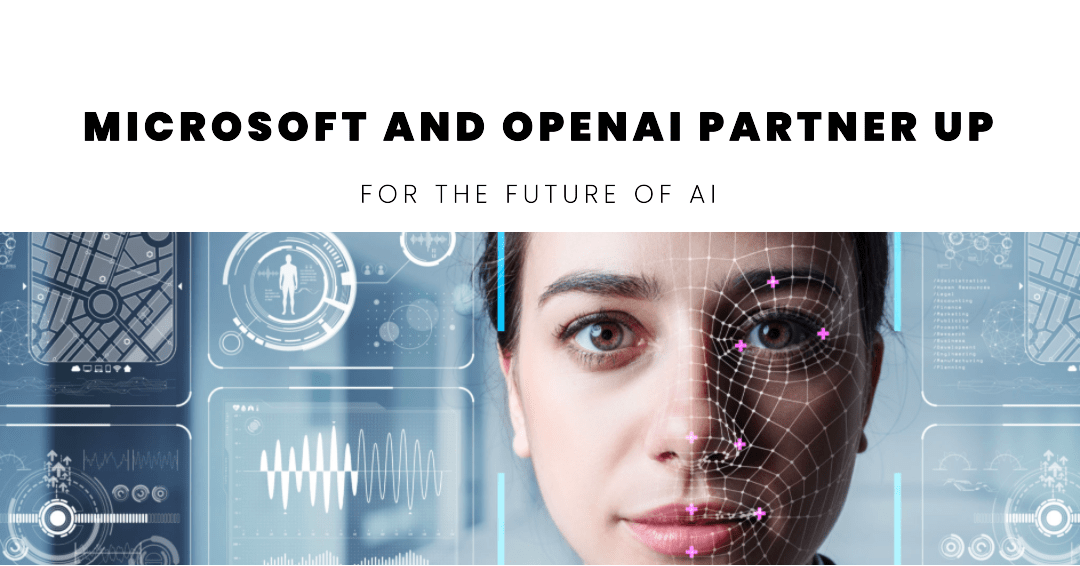If you are familiar with AI content creation, you have probably heard of GPT-3, the largest and most advanced language model ever created. GPT-3 can generate coherent and diverse texts on almost any topic, given a few words or sentences as input. It can also answer questions, write summaries, compose emails, create headlines, and much more. But what if I told you that GPT-3 is about to be surpassed by a new and improved version? Yes, you heard it right. GPT-4is coming soon, and it promises to be even better than its predecessor. In this article, I will tell you everything we know so far about GPT-4 and why you should be excited about it.
What is GPT-4?
GPT-4 is the next large-language model in the company’s GPT-series after GPT-3.5, which underpins ChatGPT, a conversational AI platform powered by Microsoft Azure. GPT-4 is apparently coming next week, according to Microsoft Germany’s CTO Andreas Braun, who made the announcement at an event on Thursday (March 9).
GPT-4 is expected to have 100 trillion parameters, which is 10 times more than GPT-3’s 175 billion parameters. Parameters are numerical values that determine how the neural network processes data and generates outputs. The more parameters a model has, the more data can be learned from and the more complex tasks can be performed.
But what makes GPT-4 truly remarkable is not just its size, but its multimodality. Unlike previous versions of GPT that only dealt with text inputs and outputs, GPT-4 can handle multiple types of data, such as images, audio, video, and possibly sound. This means that this new technology can generate not only texts but also visuals and sounds based on any given input. For example, you could ask GPT-4 to create a video tutorial on how to prepare a cake based on a recipe text or an image of it. Or you could ask it to write a song lyric based on a melody or a genre. Or you could ask it to generate realistic images of animals based on their descriptions or sketches. The possibilities are endless with multimodal AI content creation.
Why should you care about GPT-4?
GPT-4 is not just another AI tool. It is a game-changer for content creators across various domains and industries. Here are some of the benefits of using GPT-4 for your content creation needs:
- Save time and money
Creating high-quality content takes time, effort, and money. You need to research your topic, write your draft, edit your work, format your document, add images or videos, and optimize your content for SEO and user engagement. Now with the new GPT-4 functionalities, you can automate some or all of these steps and save yourself hours of work and thousands of dollars. You can use GPT-4 to generate original and relevant content based on your keywords, audience, or goals. You can also use it to enhance your existing content by adding summaries, headlines, images, videos, or even sounds. Without forgetting that you can also use it to check your grammar, spelling, and readability.
- Boost your creativity
Sometimes, you may feel stuck or uninspired when creating content. You may run out of ideas or struggle to find the right words or visuals to express yourself. With GPT-4, you can overcome these challenges and boost your creativity. You can use GPT-4 to brainstorm new topics, angles, or perspectives for your content. You can also use it to generate different variations, styles, or tones of your content. You can even use it to mix and match different types of data such as text, image, audio, video, or sound to create unique and engaging content that stands out from the crowd.
- Reach new audiences
One of the biggest challenges of content creation is reaching new audiences and expanding your reach. You need to understand your target market’s needs and preferences and tailor your content accordingly
The potential of GPT-4 is enormous, but so are the challenges and risks. How will we ensure that GPT-4 is aligned with human values and ethics? How will we prevent misuse or abuse of such a powerful technology? How will we deal with the social and economic impacts of automation and augmentation? These are some of the questions that OpenAI and other Microsoft stakeholders will have to address before releasing GPT-4 to the public. As we await the arrival of GPT-4 next week, we can only speculate about its capabilities and implications. But one thing is certain: GPT-4 will be a game-changer for AI and for humanity.

